You Are Here:Home > Information dynamic
> Industry Trends
News Navigation
What factors affect the quality of odorless E0 grade environmentally friendly particleboard
source:www.gq31.cn Time:2024-12-30
The quality of odorless E0 grade environmentally friendly particleboard is affected by various factors, as follows:
1. Raw materials
Wood types: Different types of wood have different fiber characteristics. For example, coniferous wood has longer and stronger fibers, while broad-leaved wood has relatively shorter but finer fibers. Particle board often uses a mixture of coniferous wood and broad-leaved wood as raw materials. Reasonable combination can improve the strength and stability of the board. If the wood itself rots or is damaged by insects, it will seriously affect the quality of particle board.
Adhesive quality: Even if it meets the E0 level standard, the adhesive is still crucial. Good formaldehyde free or low formaldehyde adhesives can ensure the environmental friendliness of the board and enhance the bonding strength between the shavings. Poor quality adhesives not only easily release excessive formaldehyde, but also lead to weak bonding inside the particleboard, delamination and delamination when exposed to moisture.
Additives: In order to improve performance, waterproofing agents, fireproofing agents, etc. are sometimes added. Proper use of waterproofing agents can improve the moisture resistance of the board. Excessive addition or use of inferior products may cause the board to have a strong odor and surface bubbles; If the proportion of fire retardant is not appropriate, it may not achieve the expected fire rating and may also interfere with the effectiveness of other additives.
2. Production process
Preparation of wood shavings: The shape and size of wood shavings have a significant impact on quality. Wood shavings with uniform size and regular shape are beneficial for subsequent stacking and compaction, and can be used to manufacture structurally dense boards; If the shavings are uneven and fragmented, it will cause uneven density and decreased strength of the board.
Drying degree: Insufficient drying of wood shavings, high moisture content, and easy generation of steam during compression, leading to bubbling and deformation of the board; However, excessive drying will weaken the toughness of the shavings and make the board brittle. The appropriate dryness should be controlled at 2% -8%.
Hot pressing parameters: Hot pressing temperature, pressure, and time are the core parameters. The temperature is too low, the pressure is insufficient, and the time is not enough to compact the board, resulting in insufficient internal bonding; Excessive temperature, pressure, and time can damage the wood fibers, reduce the physical properties of the board, and even cause surface carbonization.
3. Post processing
Surface treatment: The surface of particleboard often needs to be treated with veneers, coatings, etc. If the veneer material is not firmly attached, it is prone to warping and falling off; Poor coating technology and uneven coating not only affect aesthetics, but may also release odors and reduce environmental friendliness.
Aging time: The newly produced particleboard has not fully released internal stress and is prone to deformation when used immediately. After appropriate aging, usually 1-2 weeks, the stress gradually dissipates, the board size becomes more stable, and the quality is more reliable.
1. Raw materials
Wood types: Different types of wood have different fiber characteristics. For example, coniferous wood has longer and stronger fibers, while broad-leaved wood has relatively shorter but finer fibers. Particle board often uses a mixture of coniferous wood and broad-leaved wood as raw materials. Reasonable combination can improve the strength and stability of the board. If the wood itself rots or is damaged by insects, it will seriously affect the quality of particle board.
Adhesive quality: Even if it meets the E0 level standard, the adhesive is still crucial. Good formaldehyde free or low formaldehyde adhesives can ensure the environmental friendliness of the board and enhance the bonding strength between the shavings. Poor quality adhesives not only easily release excessive formaldehyde, but also lead to weak bonding inside the particleboard, delamination and delamination when exposed to moisture.
Additives: In order to improve performance, waterproofing agents, fireproofing agents, etc. are sometimes added. Proper use of waterproofing agents can improve the moisture resistance of the board. Excessive addition or use of inferior products may cause the board to have a strong odor and surface bubbles; If the proportion of fire retardant is not appropriate, it may not achieve the expected fire rating and may also interfere with the effectiveness of other additives.
2. Production process
Preparation of wood shavings: The shape and size of wood shavings have a significant impact on quality. Wood shavings with uniform size and regular shape are beneficial for subsequent stacking and compaction, and can be used to manufacture structurally dense boards; If the shavings are uneven and fragmented, it will cause uneven density and decreased strength of the board.
Drying degree: Insufficient drying of wood shavings, high moisture content, and easy generation of steam during compression, leading to bubbling and deformation of the board; However, excessive drying will weaken the toughness of the shavings and make the board brittle. The appropriate dryness should be controlled at 2% -8%.
Hot pressing parameters: Hot pressing temperature, pressure, and time are the core parameters. The temperature is too low, the pressure is insufficient, and the time is not enough to compact the board, resulting in insufficient internal bonding; Excessive temperature, pressure, and time can damage the wood fibers, reduce the physical properties of the board, and even cause surface carbonization.
3. Post processing
Surface treatment: The surface of particleboard often needs to be treated with veneers, coatings, etc. If the veneer material is not firmly attached, it is prone to warping and falling off; Poor coating technology and uneven coating not only affect aesthetics, but may also release odors and reduce environmental friendliness.
Aging time: The newly produced particleboard has not fully released internal stress and is prone to deformation when used immediately. After appropriate aging, usually 1-2 weeks, the stress gradually dissipates, the board size becomes more stable, and the quality is more reliable.
Previous:
What are the main uses of moisture-proof, green a…
Next:
Can moisture proof green environmental friendly p…
Related articles
Related products
+
wechat number:底部微信
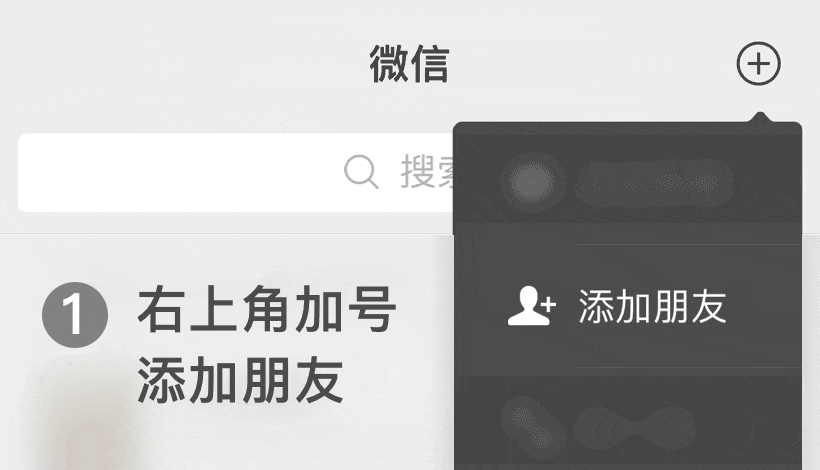


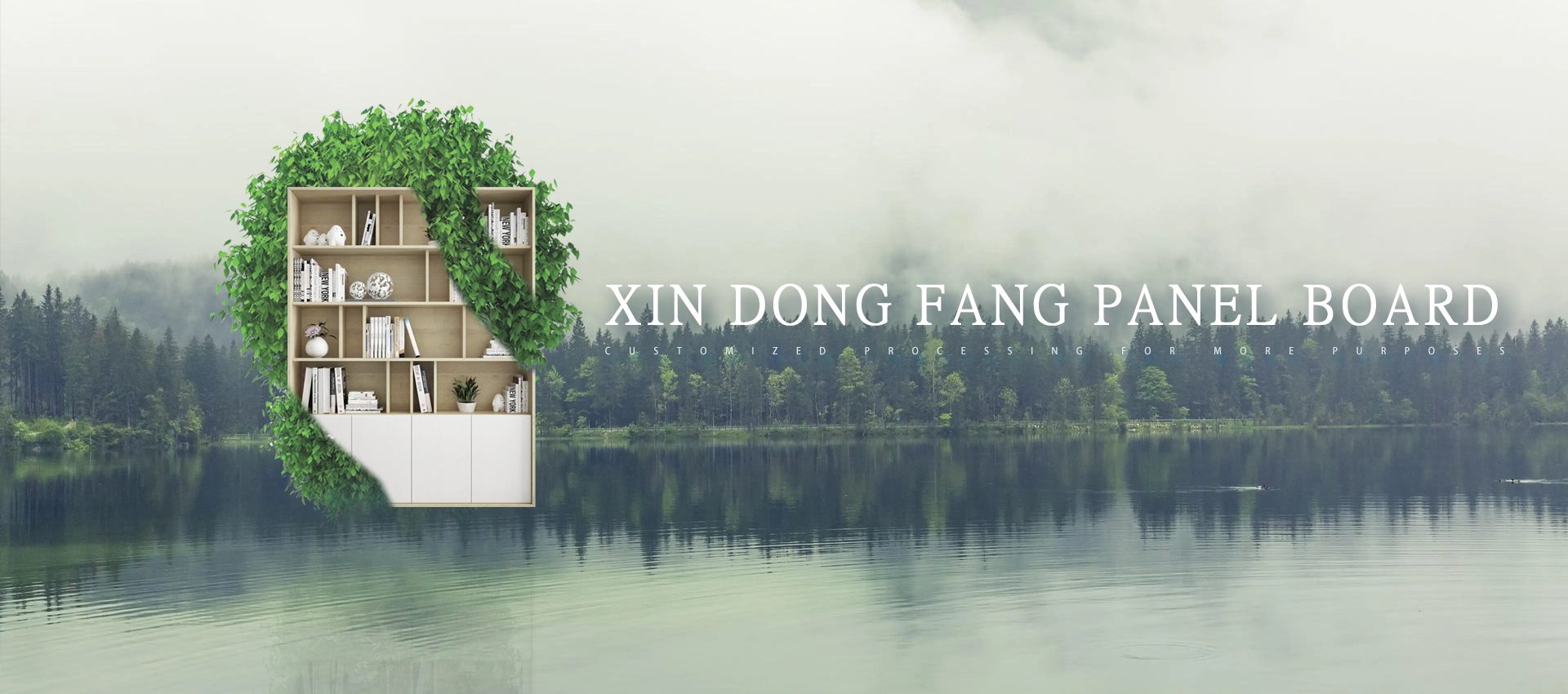
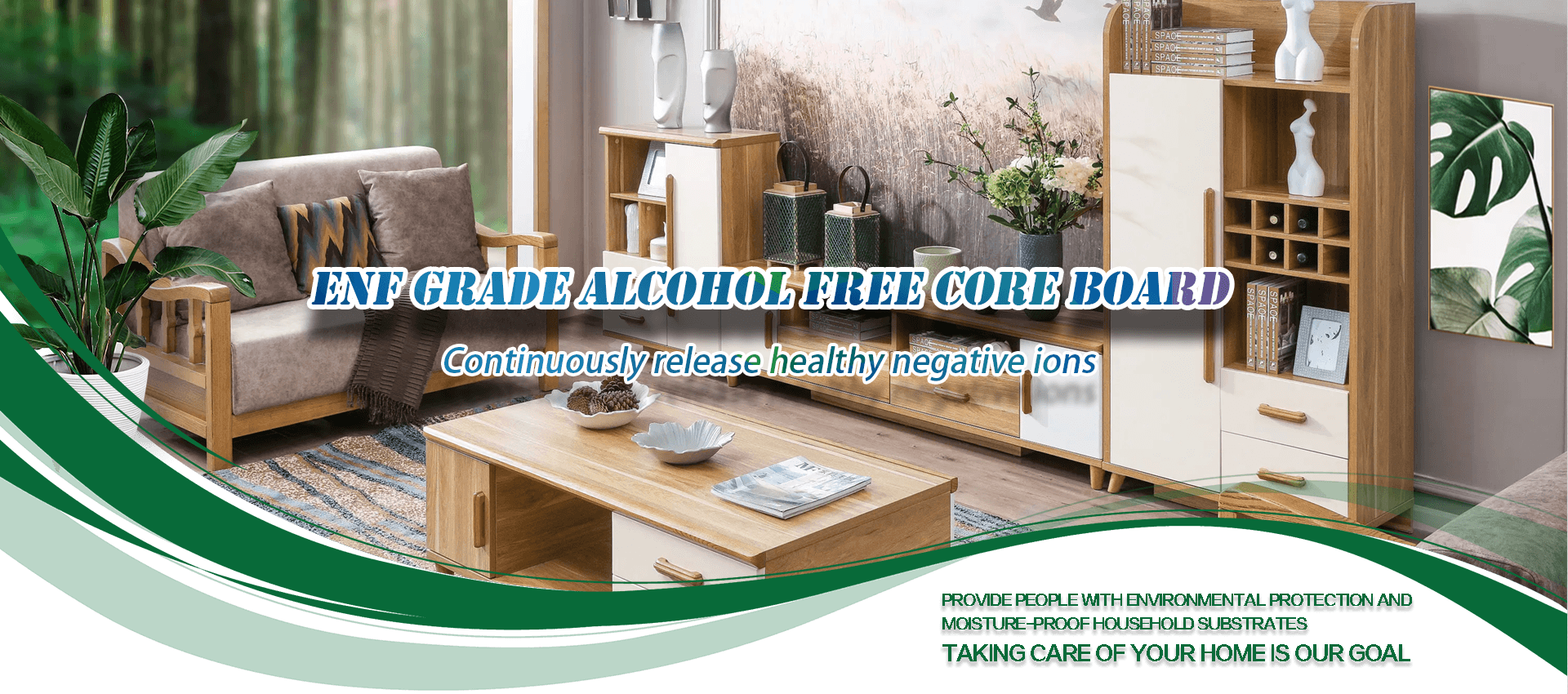
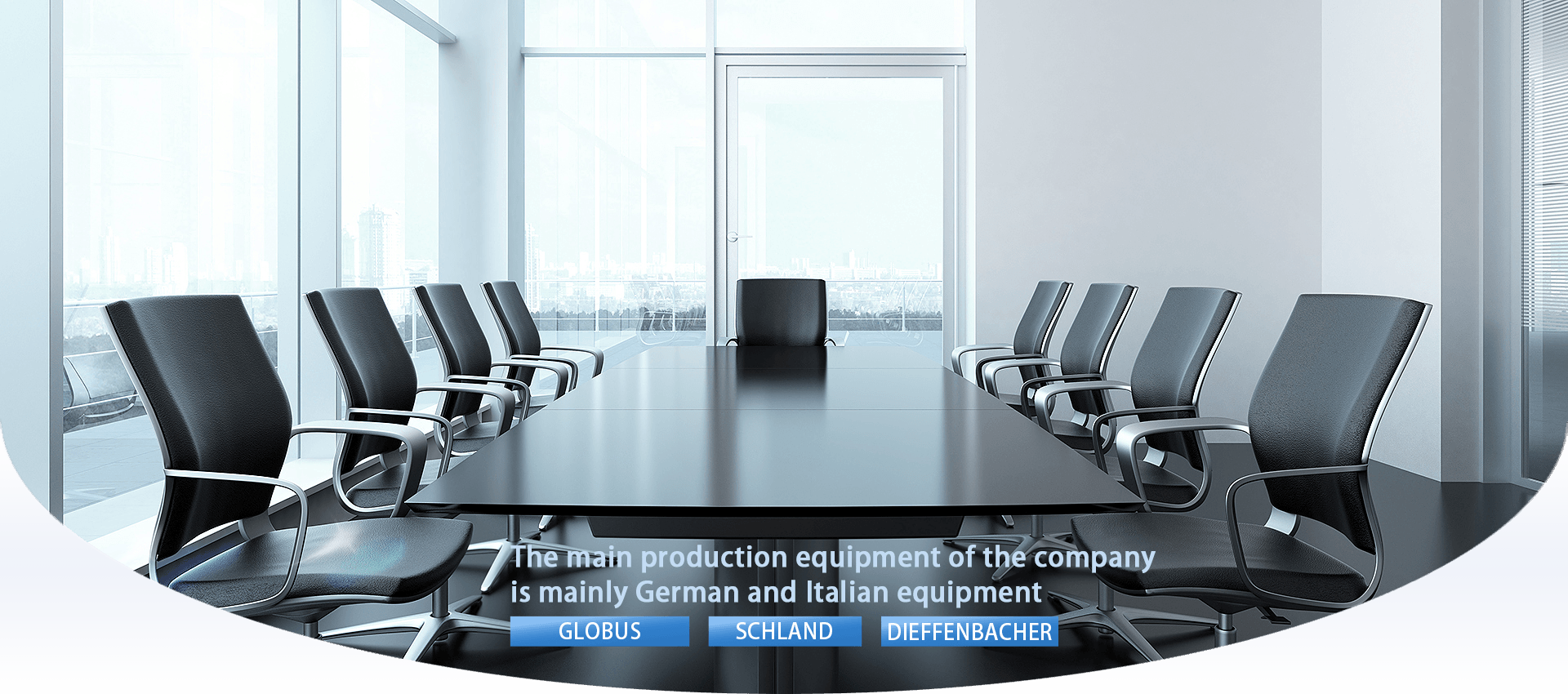

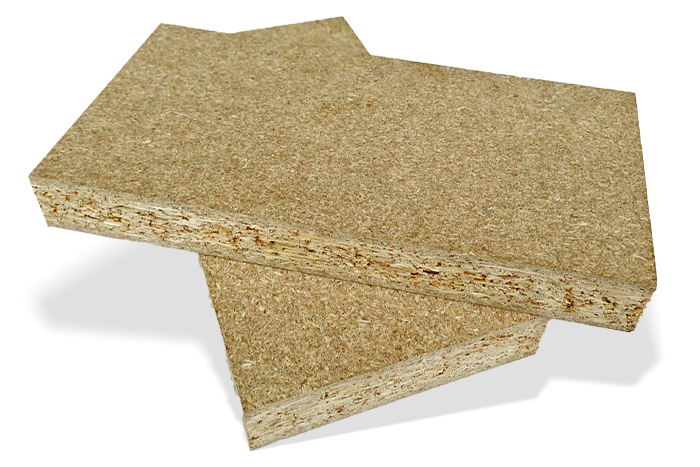
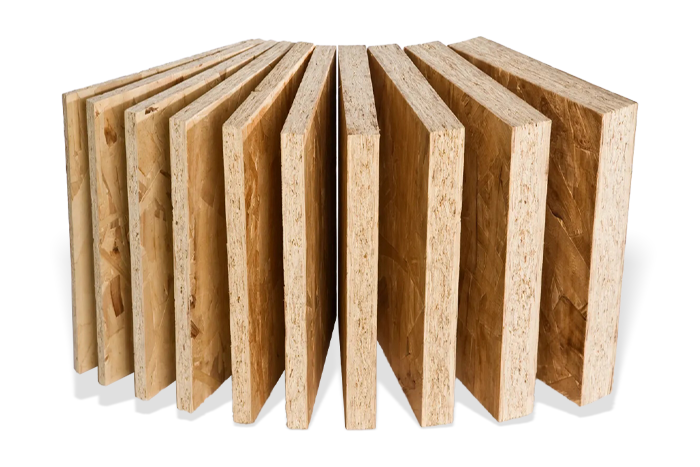
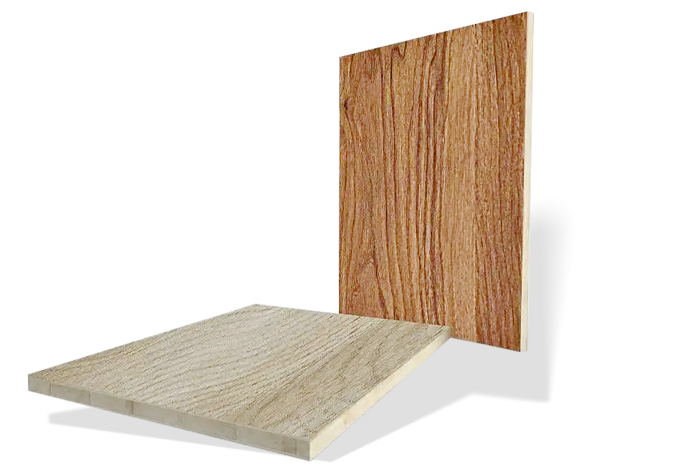





 Home
Home
 Wechat
Wechat
 Tell
Tell